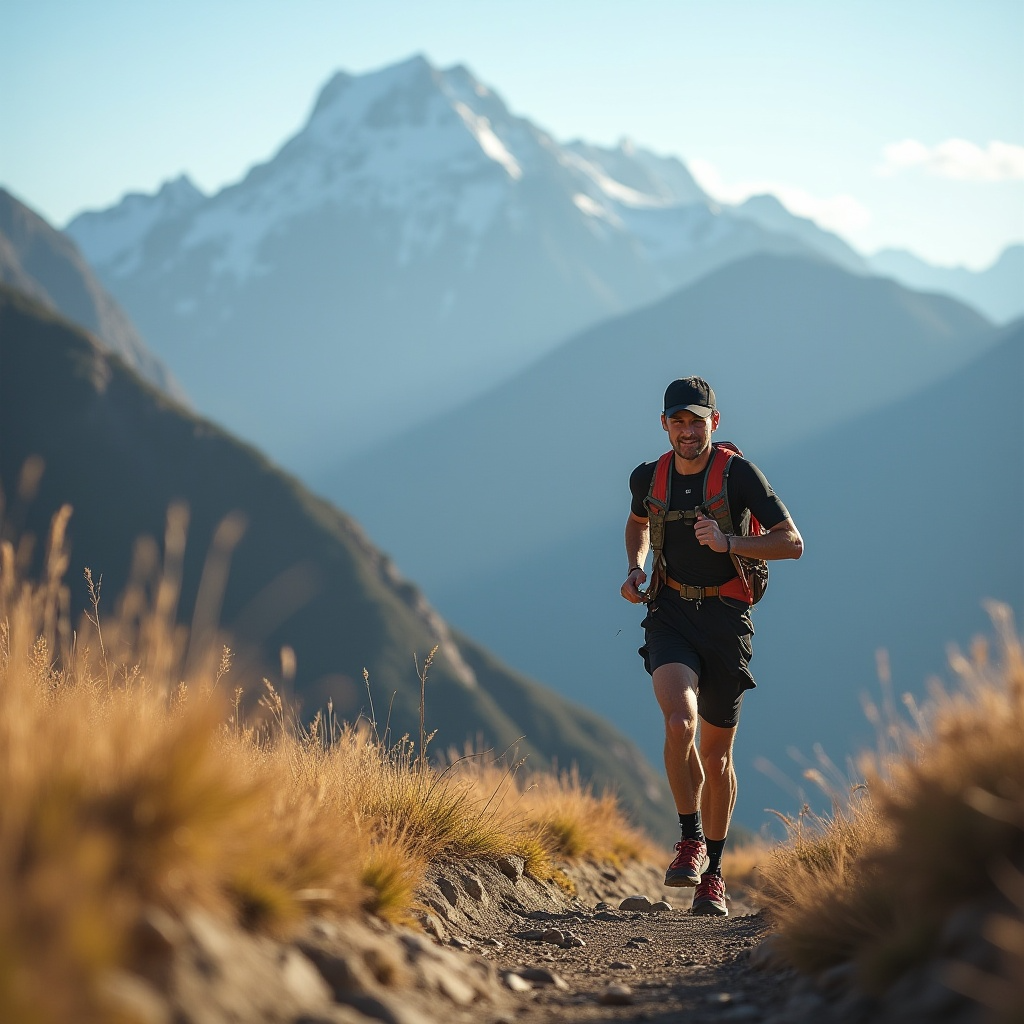
Training for High Altitude: How to Prepare & Perform Better
Training for High Altitude: How to Prepare & Perform Better
Whether you’re heading to the mountains for a big race, a training camp, or an adventure trek, high altitude brings a whole new set of challenges — and opportunities. Lower oxygen levels can make familiar workouts feel twice as hard, but with smart preparation, you can adapt, perform well, and recover properly.
This guide explains how to train for high altitude, what to expect, and how oxygen support can help you thrive at elevation.
🏔️ How High Altitude Affects Your Body
At higher altitudes, the air is thinner, meaning there’s less oxygen available with each breath. This can lead to:
-
Faster fatigue and shortness of breath
-
Higher heart rate, even at easy paces
-
Slower recovery between sessions
-
Sleep disruption
But the body is amazing at adapting if you give it time and support.
✅ Key Tips for Training at High Altitude
1️⃣ Arrive Early (If Possible)
Give your body time to adjust — ideally, spend a few days to a week at elevation before a big effort.
2️⃣ Reduce Intensity at First
Dial back your pace or power output. Listen to your body — workouts should feel easy at first.
3️⃣ Hydrate More Than Usual
Altitude causes increased fluid loss through breathing. Drink plenty of water and add electrolytes to prevent dehydration.
4️⃣ Eat Enough Carbs
Your body burns carbs more efficiently at altitude — increase your intake to fuel efforts and recovery.
5️⃣ Prioritise Sleep & Recovery
Altitude can disrupt sleep. Stick to a consistent routine, get extra rest, and use naps if needed.
💨 Boost Adaptation with Oxygen Support
One proven way to help your body cope with altitude stress is by supporting oxygen delivery at the cellular level.
EI8HT Oxygen Sachets can:
-
Increase available oxygen for working muscles
-
Reduce lactic acid buildup at lower oxygen levels
-
Support mental clarity and focus when air is thin
-
Help you bounce back faster between sessions
Combine this with hydration and proper nutrition for the ultimate high-altitude toolkit.
🗓️ How to Train Before You Go
Can’t get to altitude early? You can still prepare at sea level:
-
Interval training: Mimics the cardiovascular demands of altitude.
-
Strength training: Builds fatigue resistance.
-
Endurance sessions: Improve aerobic capacity.
-
Heat training: Some studies show heat exposure helps build similar adaptations.
🏁 Final Thoughts
Training for high altitude demands patience, smart pacing, and careful recovery — but it’s worth it for the performance gains and incredible experiences that come with mountain adventures.
Prepare smart. Recover fully. Perform better.
Take EI8HT Oxygen Sachets with you and give your body the oxygen it needs to thrive — wherever your next elevation challenge takes you.


